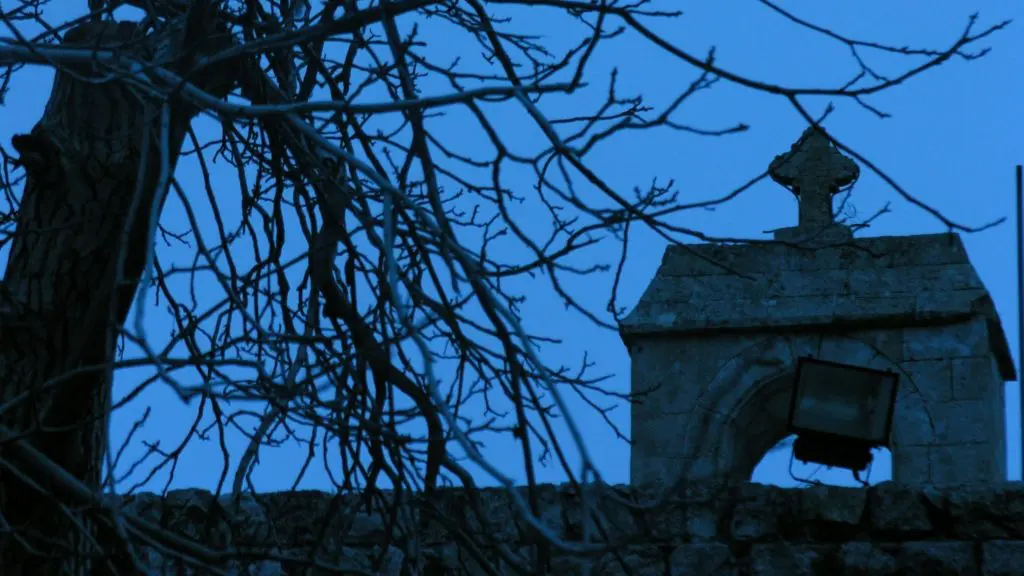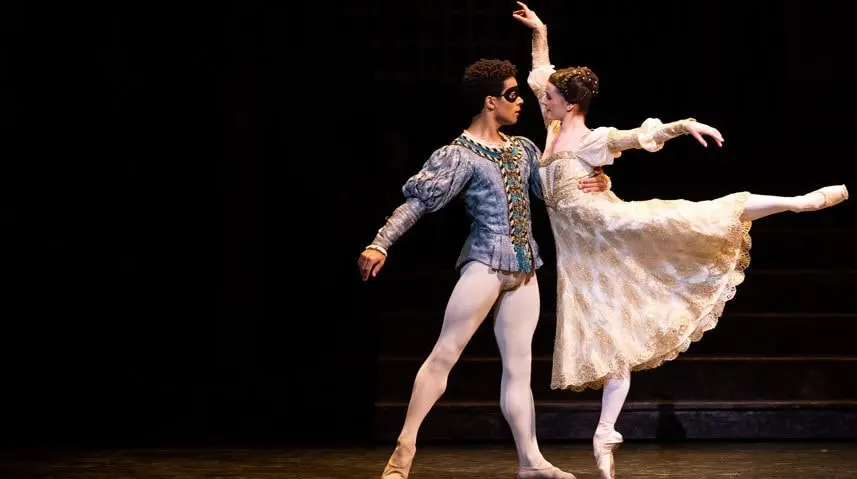Richard Wagner’s four-opera The Ring of the Nibelung cycle is opera’s Mount Everest, the highest attainable goal in the art form. A sprawling tale drawn from Wagner’s synthesis of ancient Germanic myths and a few twists and turns of his own imagination, a full production requires enormous artistic, administrative, and financial resources, as well as a devoted audience with the attention span, free time, and means to devote a week to take in all four operas, which by Wagnerian convention are usually performed over six days with breaks between the second and third installments. The work’s premiere as a composite piece of music was the only presentation of Wagner’s inaugural festival in the Bavarian town of Bayreuth in 1876, where the technical demands were so immense that it did not reappear there for another twenty years.
Staging a Ring is a defining achievement for any opera company, and the project almost always unfolds over a period of several years. The process is never easy and can be fraught. Within living memory, Paris, London, Washington, and Chicago’s leading houses all began Rings that were never finished or were only finished after significant delay. The Hungarian State Opera began its production by filmmaker and animation artist Géza M. Tóth with the first installment, Das Rheingold, in 2015 and steadily presented Die Walküre and Siegfried over the next two seasons. The impressive renovation of Budapest’s beautiful old opera house slowed things down, however, and the COVID-19 pandemic caused further delay. The cycle’s final opera, Götterdämmerung, only arrived five years after Siegfried, in 2022. Now full performances can be presented, with three planned for the autumn of 2023. Alas, the complexities seem to have taken their toll here as well. The first scheduled cycle was relisted on the company’s website as a ‘rehearsal’ with no clear indication of how much access would be given to the general public.
The two remaining cycles in cycle unfolded without interruption, bringing the eight-year project to its culmination. Traditional Ring cycles are few and far between. From its beginnings in Wagner’s imagination, the synthesized myth has served as an allegory for modernity, with all its complexities and disappointments. Wotan, the chief of the gods, seeks unlimited power and has sacrificed the gods’ eternal youth in a deal with giants who had been his enemies. Rather than go through with the bad bargain, he instead contrives to steal a ring of power from the Nibelung dwarf Alberich, who fashioned it after forswearing love to obtain its benefits. Wotan reluctantly turns it over to the giants, but, cursed by Alberich to bring death to all who touch it, the rest of the cycle focuses on Wotan’s plans to get it back, which he finally renounces in favor of his half-mortal grandson Siegfried, who has been raised in ignorance and is therefore immune to the ring’s curse. Ultimately, it is Wotan’s daughter Brünnhilde, a Valkyrie, who retrieves the ring and sets the world right as it renews in an age of men rather than gods.
Tóth sets his Ring in a not-too-distant future, in which society has bifurcated into a race of divinities who dwell in sleek modern buildings that rise far above the abused proletarians, who endure in a despoiled environment saturated by commercial consumerism. Projections form most of the sets, with glitzy cityscapes and advertisements defining the lower depths, while the gods enjoy health, luxury, and power, represented by complicated mathematical equations covering digital images of the earth and universe. When the gods ascend into their fortress of Valhalla at the end of Rheingold, the brassy strains unfold over dead-eyed mortals pushing shopping carts in a Costco-like discount wholesale store. The image is jarring, but fortunately most of the rest of the cycle relies on sets that are readily recognizable in their modernity as they intelligibly relate the plot. Contrary to many modern productions, there is no room for nonsense or meaningless flights of fancy. Notably, as many directors abstract the ring itself into an intangible commodity such as youth or fossil fuels or liquids, Tóth preserves an actual physical ring that drives the action as traditionally as in any production still employing spears and helmets.
A nearly all-Hungarian cast delivered the production with a skill that should, in most cases, make the singers internationally famous. Szilvia Rálik’s Brünnhilde displayed an attractive middle register that could ascend to breathtaking high notes as she met the challenges of divinity in a world of treacherous mortals. An accomplished singer in the high German Romantic repertoire, Rálik carried on through the three operas in which Brünnhilde appears without losing power or focus until the end of Götterdämmerung, when, after three consecutive days of singing a mammoth role, she finally sounded tired and lost focus in sharp notes and warbling pitches.
The other major characters who recur throughout the cycle were mostly divided among multiple performers. The results were mostly good. Krisztián Cser’s appealing baritone was about right for the tessitura of Wotan in Rheingold, but he sounded rather too high for the part in Siegfried. Still, he did rather better than Renatus Mészár’s woollier approach to the character in the second opera, Walküre. Tenor István Kovácsházi sang a brilliant, clarion Siegmund, Wotan’s ill-fated half-mortal son, in the same opera and, after a day’s rest, returned as Siegfried, the grandson in whom hopes are placed, in Götterdämmerung. Long a fixture in Hungary’s arsenal of heldentenors, he sang both parts with a world-class voice. Zoltán Nyári delivered Siegfried so well in the Ring’s third installment, which is named for the character, that some in the audience failed to realize the Siegfrieds had changed.
Internationally known baritone Péter Kálmán sang Alberich in all three operas in which he appears. A natural actor, he both delivered an effectively sung part and imbued the character with an entertaining menace. The splendid bass Géza Gábor sang Alberich’s son Hagen, who spends most of Götterdämmerung plotting to destroy Siegfried and take the ring on his father’s behalf. A deep but well-managed legato made for a scary reading of the role. Eszter Sümegi is another internationally renowned artist. Her performance as Wotan’s half-mortal daughter and Siegmund’s incestuous bride, Sieglinde, appears only in Walküre but set a standard of vocal excellence for the entire cycle. Erika Gál’s Fricka, Wotan’s wife, delivered the part with comprehensible pathos rather than the shrill ministrations of a wronged wife. Unusually, the part of Loge, the god of fire and trickery on whom Wotan must rely in his early conspiracies, fell to a baritone in this production, the Austrian singer Adrian Eröd, who has Hungarian roots. He delivered a fine and comic portrayal.
Conductor János Kovács led a steady performance that leaned heavily on the brass section, bringing to mind Wagner’s quip that if he could, he would compose only for the English horn. He kept a solid pace, neither lingering on the Ring’s longueurs nor speeding past the grand moments. Now 72 and formerly chief conductor of the Hungarian State Opera, he led a Ring of which he should be very proud.





